
Push Payments: Faster Payments For The Property Management Sector
January 30, 2024 by

January 31, 2024 By Drew Edwards
Traditional financial services landscapes have long been dominated by established players relying on external financial ecosystems and marketplaces. However, the tide is turning, and a new vision is unfolding. Picture a future where businesses can leverage incentives and cutting-edge technologies to create their own individualized financial ecosystems, interconnected across various use cases and verticals.
In light of this, businesses are beginning to ask themselves a crucial question: “How do we turn all these individual money flows into a business model for us?” And the answer seems to lie in this vision of self-contained “mini ecosystems”.
Defining Mini-Ecosystems:
A “mini-ecosystem” refers to a singular financial system established by an individual company, where they create internal, interconnected financial environments with specific boundaries to optimize money flows.
The creation of such ecosystems involves leveraging advanced technologies, including cloud infrastructure and faster payment rails, to generate “off-network opportunities” that retain money within these environments. The benefit? Attractive revenue opportunities and increased customer loyalty through cost savings and seamless financial interactions.
Many companies are already sitting on a ton of customers using their product and navigating their platform. Which means there’s already the beginnings of an ecosystem there that they can build on.
A First-hand Look into the Financial Future
Consider a real-life example on a college campus. The halls of higher education have become hubs of seamless money movement. At my daughter’s university, everything from book shopping to managing meal plans is seamlessly interconnected within a contained, university-led financial environment.
This mini-ecosystem approach keeps all the money we put into the system right where we left it and offers attractive revenue and brand loyalty opportunities for individual businesses. But it also represents a paradigm shift in how we perceive and engage with financial systems.
Of course, this doesn’t signal an outright displacement of payment giants like Visa and Mastercard. Instead, the birth of these mini-ecosystems complement and augment existing financial infrastructure. They are not about replacing the traditional rails but rather about enhancing and expanding the partnership possibilities for businesses to empower them to grow internally and passing tangible benefits onto the consumer.
Ingo Payments: A Mini-Ecosystem Facilitator
But how can a big business, at universities and beyond, seamlessly make mini-ecosystems a reality? More easily with technologies and expertise by third party digital disbursement facilitators such as Ingo Payments. Ingo Payments already serves clients with millions of consumers interacting within contained environments. And with new technological advancements, including the cloud, embedded banking, and faster payment rails, our abilities to streamline these ecosystems will only grow.
As this shift unfolds, Ingo Payments is experiencing increased opportunities with treasurers, payments leaders, and business executives exploring new ways to transform diverse money flows into bespoke business models.
As we move forward, the integration of third parties will become more and more instrumental in connecting these mini-ecosystems. The era of super apps and interconnected financial activities is here, and businesses need to bring in external expertise to keep customers engaged and enhance user experiences. There’s a strong desire among U.S. consumers for mobile apps that combine various activities, emphasizing the demand for integrated and seamless financial solutions.
The Bottom Line: The Instant Payments Revolution is Already Here
The advent of the FedNow® Service further highlights the increasing relevance of instant payments across diverse use cases. Gaming, trucking, and other verticals present immense potential for mini-ecosystems to revolutionize the way money moves, offering instant disbursement options that align with consumer preferences and often create new business models for these ecosystems. Joint research conducted by PYMNTS Intelligence and Ingo Payments, focusing on gaming, reveals that instant disbursement is a preferred choice for 79% of gamers when offered the option.
The long-term potential of these mini-ecosystems has me fully convinced. I’m a 100% believer in the power of these ecosystems and their ability to help the ongoing revolution in how money moves. And I’m looking forward to a future where seamless financial experiences are not just a possibility, but a reality we are actively shaping.

January 30, 2024 by
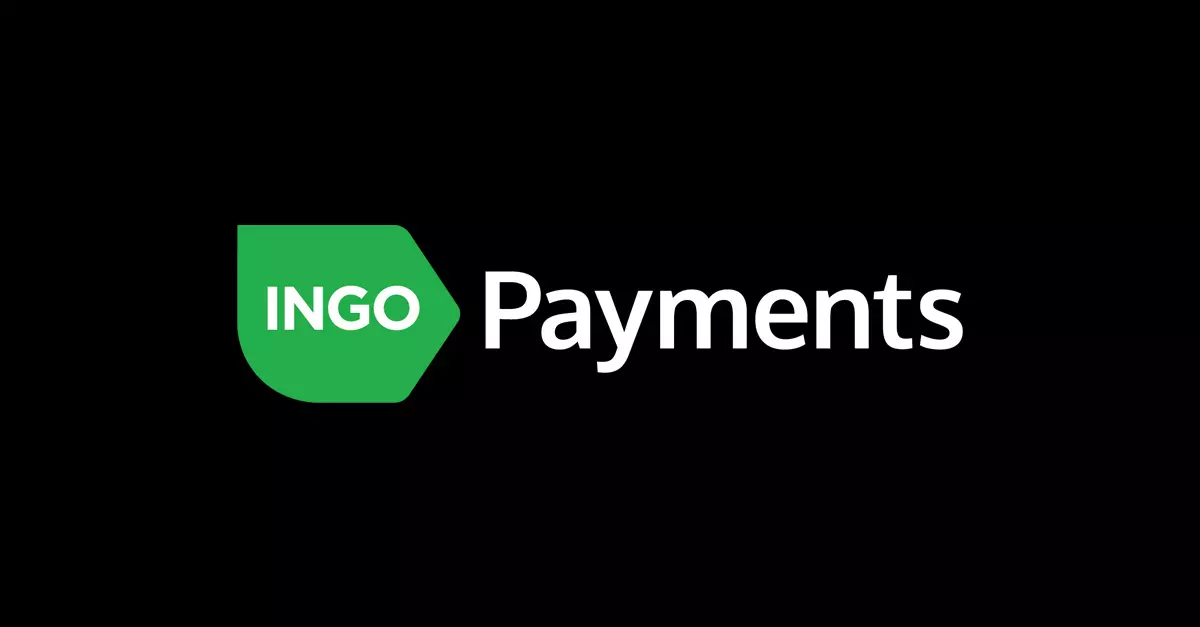
January 12, 2024 by

August 30, 2023 by

April 4, 2024 By Ingo Payments

April 2, 2024 By Ingo Payments
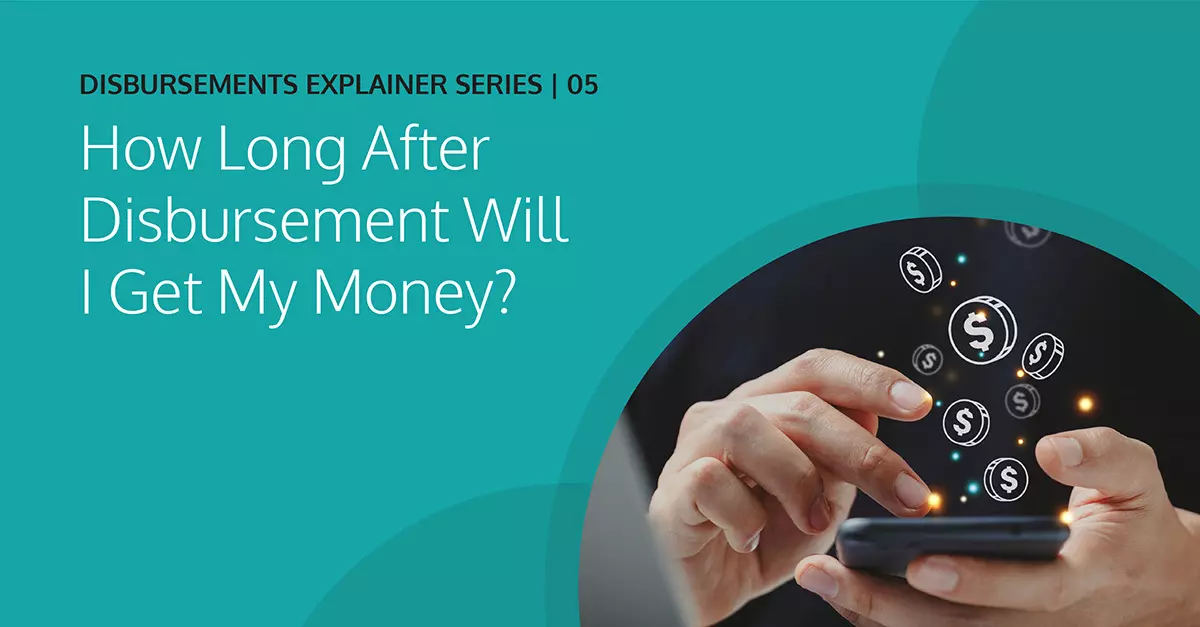
March 26, 2024 By Ingo Payments
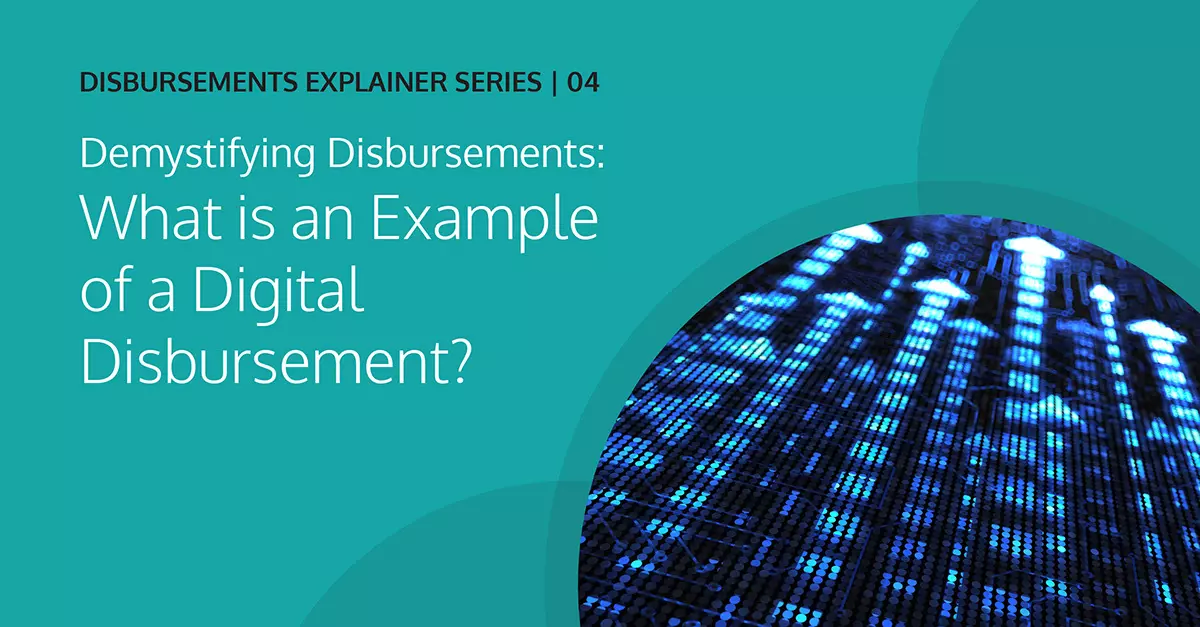
March 13, 2024 By Ingo Payments
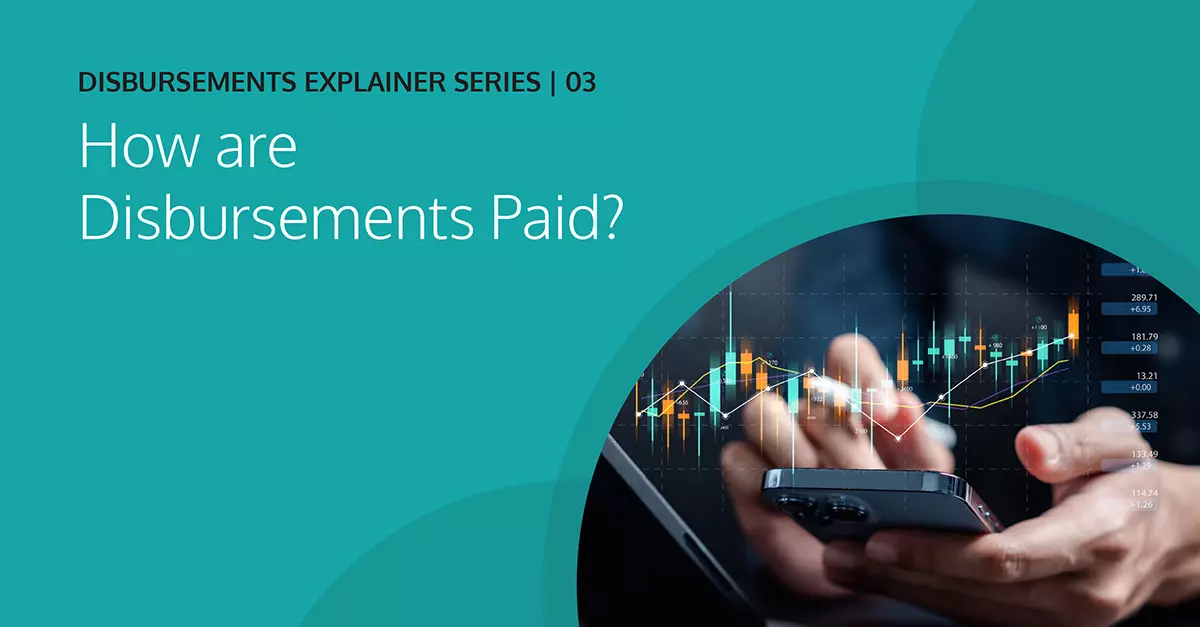
March 7, 2024 By Ingo Payments
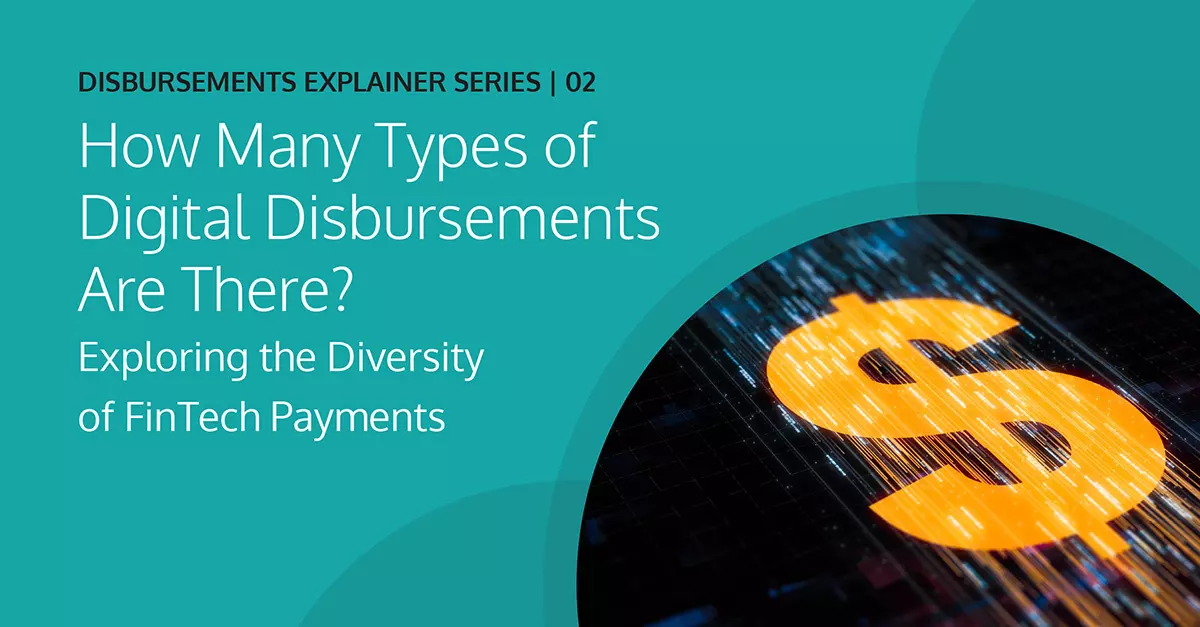
February 28, 2024 By Ingo Payments